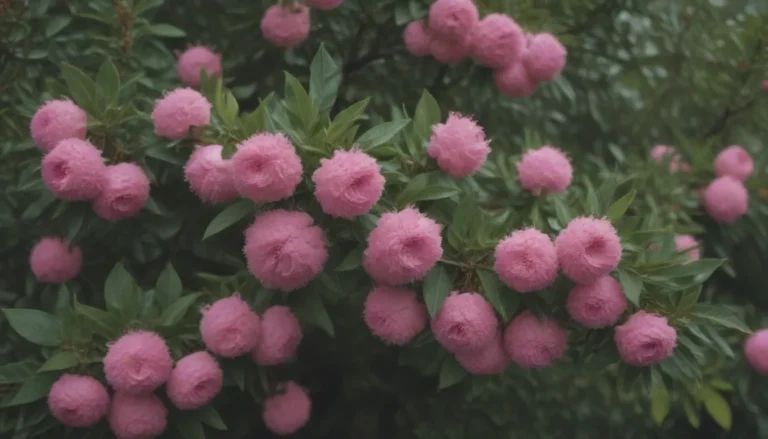The Ultimate Guide to Winterizing Your Lawn for a Healthy Spring

Winter may be just around the corner, but that doesn’t mean your lawn has to suffer. Winterizing your lawn is essential to ensure it stays healthy and vibrant come springtime. In this comprehensive guide, we’ll walk you through everything you need to know to prepare your grass for the colder months ahead.
Understanding the Importance of Winterizing
Before we dive into the nitty-gritty of winterizing your lawn, it’s crucial to understand why this process is so essential. Winterizing helps your grass adapt to the changing seasons and prepares it for dormancy. Different types of grass require different care during the winter months, so identifying whether you have cool-season or warm-season grass is the first step in creating a winterizing plan.
- Cool-season grasses: Examples include tall fescue and Kentucky bluegrass. These grasses thrive in cooler temperatures and go dormant in the summer.
- Warm-season grasses: Bahia grass and zoysia grass are examples of warm-season grasses that prefer warmer climates and go dormant in the winter months.
Understanding the type of grass you have will help you implement the right winterizing techniques for optimal results.
The Benefits of Dormancy
Dormancy is a natural process for grass during periods of extreme temperatures or drought. Warm-season grasses go dormant in winter to conserve energy and survive the cold. In contrast, cool-season grasses experience a period of semi-dormancy in winter but remain active at the root level, preparing for a thriving spring growth cycle. Understanding dormancy is key to knowing how to care for your lawn during the winter months.
When to Apply Winterizing Fertilizer
Winterizing is particularly crucial for cool-season grasses in northern regions. Applying a winterizing fertilizer in the fall helps your grass build up essential nutrients and food reserves for the dormant winter months. Consider the following guidelines when planning your winterizing strategy:
- In northern regions, apply a winterizing fertilizer in October.
- In other areas, you can wait until November to apply the fertilizer.
Fertilizing during the fall is essential for cool-season grasses to ensure they have the nutrients needed to thrive come spring. Look for a fertilizer specifically labeled as “winterizer” with a balanced ratio of nitrogen and potassium for best results.
Essential Steps for Winterizing Your Lawn
In addition to fertilizing, there are several other key steps to take to winterize your lawn effectively. Let’s explore these essential tasks:
Mow to the Proper Height
Maintaining your grass at a height of around 2 1/2 inches is ideal for winterizing. Be sure to remove only the top 1/3 of the grass blade each time you mow to prevent stress on the grass and promote healthy growth. Finding the right balance in mowing helps prevent weeds and diseases from taking over your lawn.
Weed Control and Watering
Fall is not the time to neglect weed control. Focus on removing perennial weeds and preventing them from going to seed. Additionally, ensure your lawn receives adequate water before the ground freezes to combat winter drought conditions. Proper watering in the fall helps your grass stay healthy during the dormant winter months.
Remove Fallen Leaves
Leaves left on your lawn can harbor diseases and prevent sunlight from reaching the grass blades. Remove fallen leaves promptly to maintain a healthy lawn. You can bag the leaves for disposal, compost them, or use them as mulch to enhance soil health.
Dethatch Your Lawn
Thatch buildup can negatively impact grass health by preventing essential nutrients from reaching the roots. Use a rake to remove thatch and promote better airflow in the soil. Raking leaves can help control thatch buildup while also improving leaf removal efficiency.
Overseed Your Lawn
Overseeding in the fall can help you achieve a lush and healthy lawn come springtime. Thick grass crowds out weeds and improves overall lawn health. Use a spreader to distribute grass seed evenly and water the lawn as needed for optimal results.
Add Lime If Needed
Before adding lime to your lawn, conduct a pH test to determine if the soil is too acidic. A neutral soil pH is ideal for most lawns, so only add lime if the test indicates a need for it. Consult your local county extension office for assistance with the pH test and proper lime application methods.
By following these essential steps for winterizing your lawn, you can ensure a healthy, vibrant lawn come springtime. Remember to tailor your winterizing plan based on the type of grass you have and the climate in your region for optimal results. Winterizing your lawn doesn’t have to be complicated, but it is crucial for maintaining a lush and beautiful lawn year-round.





